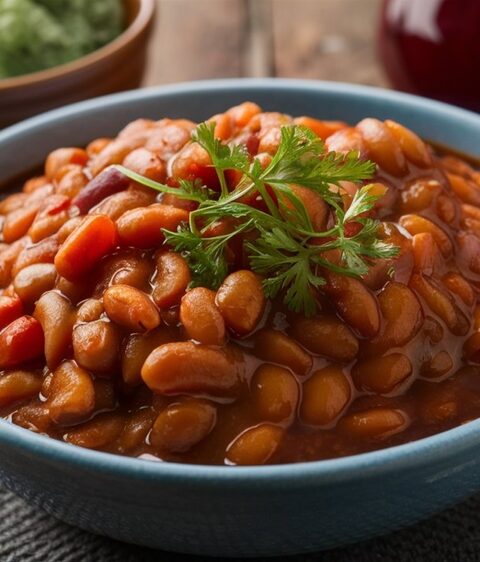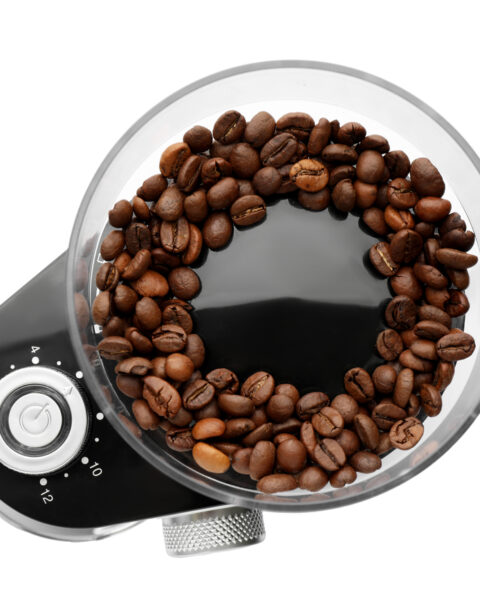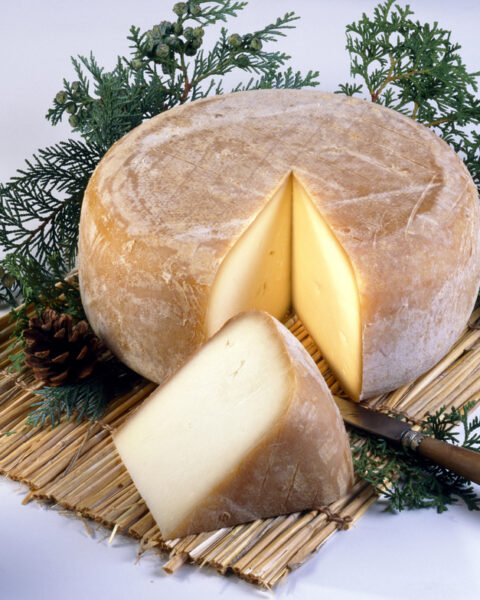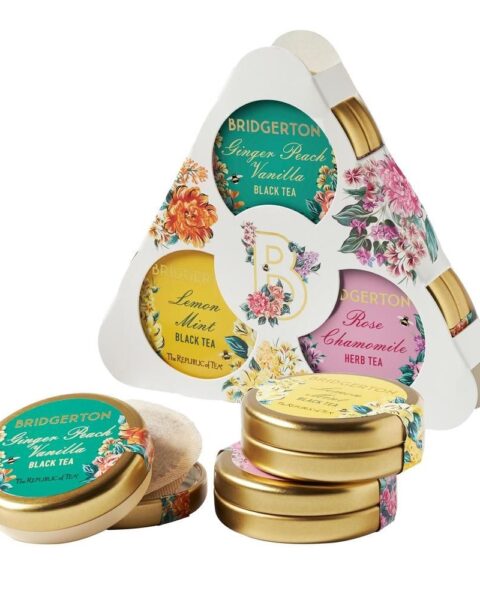When we hear “protein,” we always think of the usual suspects: chicken, fish, and eggs. But did you know there are plenty of unexpected sources of plant-based protein that can shake up your diet? From nutrient-dense seeds to lesser-known grains, these surprising options not only pack a protein punch but also bring new flavors and textures to your meals. Here are some delicious and unconventional plant-based protein sources you might not have tried yet.
Contents
- 1 Pumpkin Seeds
- 2 Hemp Seeds
- 3 Amaranth
- 4 Edamame
- 5 Moringa
- 6 Chia Seeds
- 7 Sacha Inchi
- 8 Nutritional Yeast
- 9 Watermelon Seeds
- 10 Jackfruit Seeds
- 11 Black Rice
- 12 Lupini Beans
- 13 Artichokes
- 14 Buckwheat
- 15 Pistachios
- 16 Green Peas
- 17 More From RetailShout
- 18 18 Old-Fashioned Pie Recipes That Deserve a Comeback
- 19 15 Foods You Should Skip for Better Joint Health
Pumpkin Seeds

Pumpkin seeds, often overlooked, are a powerhouse of plant-based protein. A small serving can provide up to 9 grams of protein, making them a perfect addition to salads, oatmeal, or even smoothies. They’re also rich in magnesium, zinc, and omega-3 fatty acids. Roasting pumpkin seeds can add a crunchy texture and a nutty flavor to your dishes. Whether eaten raw, roasted, or ground into butter, pumpkin seeds offer a protein boost you wouldn’t expect.
Hemp Seeds
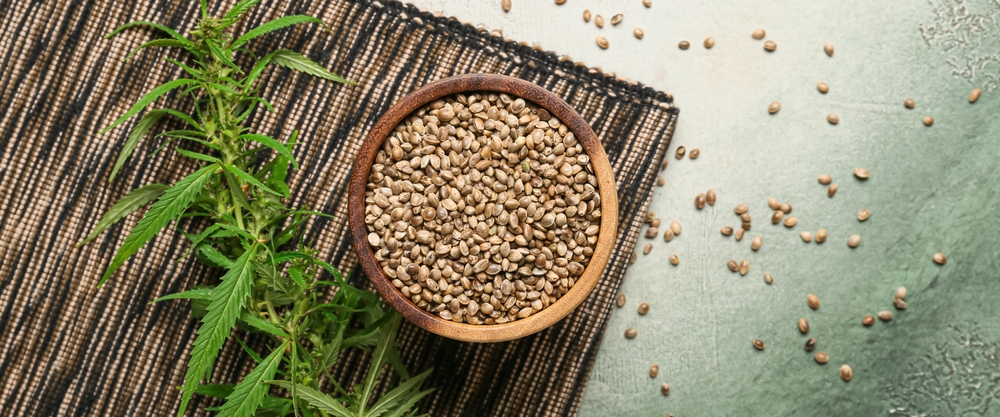
Hemp seeds may sound like an unusual source, but they pack about 10 grams of protein in just three tablespoons. These small seeds also contain all nine essential amino acids, making them a complete protein. They have a mild, nutty flavor and can be sprinkled on salads, cereals, or blended into smoothies. Rich in healthy fats like omega-3 and omega-6, hemp seeds are a great addition for those looking to boost both protein and nutrient intake. You can also find hemp protein powders for an even more concentrated source.
Amaranth
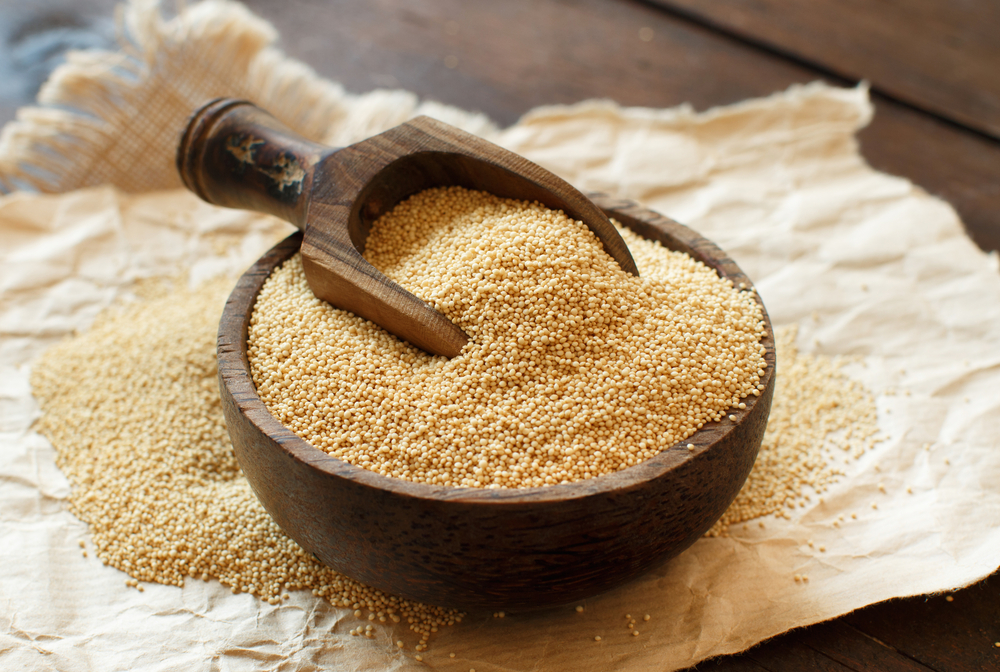
Amaranth, an ancient grain, is a gluten-free source of complete protein with around 9 grams per cup cooked. It’s not as common as quinoa, but it offers similar health benefits, including a good amount of fiber and micronutrients like iron and magnesium. Amaranth has a nutty, earthy taste and can be used in porridges, soups, or even as a base for grain salads. For a twist on traditional grains, give amaranth a try—it’s as versatile as it is nutritious.
Edamame

Edamame, or young soybeans, might be more common in Japanese cuisine, but many don’t realize how protein-packed they are. Just one cup of cooked edamame offers 18 grams of protein, making it an excellent snack or addition to meals. Beyond protein, edamame is rich in fiber, folate, and several key vitamins. Whether enjoyed as a snack with a sprinkle of sea salt or tossed into stir-fries, edamame is a simple yet unexpected protein source. Its mild, slightly sweet flavor pairs well with various dishes.
Moringa
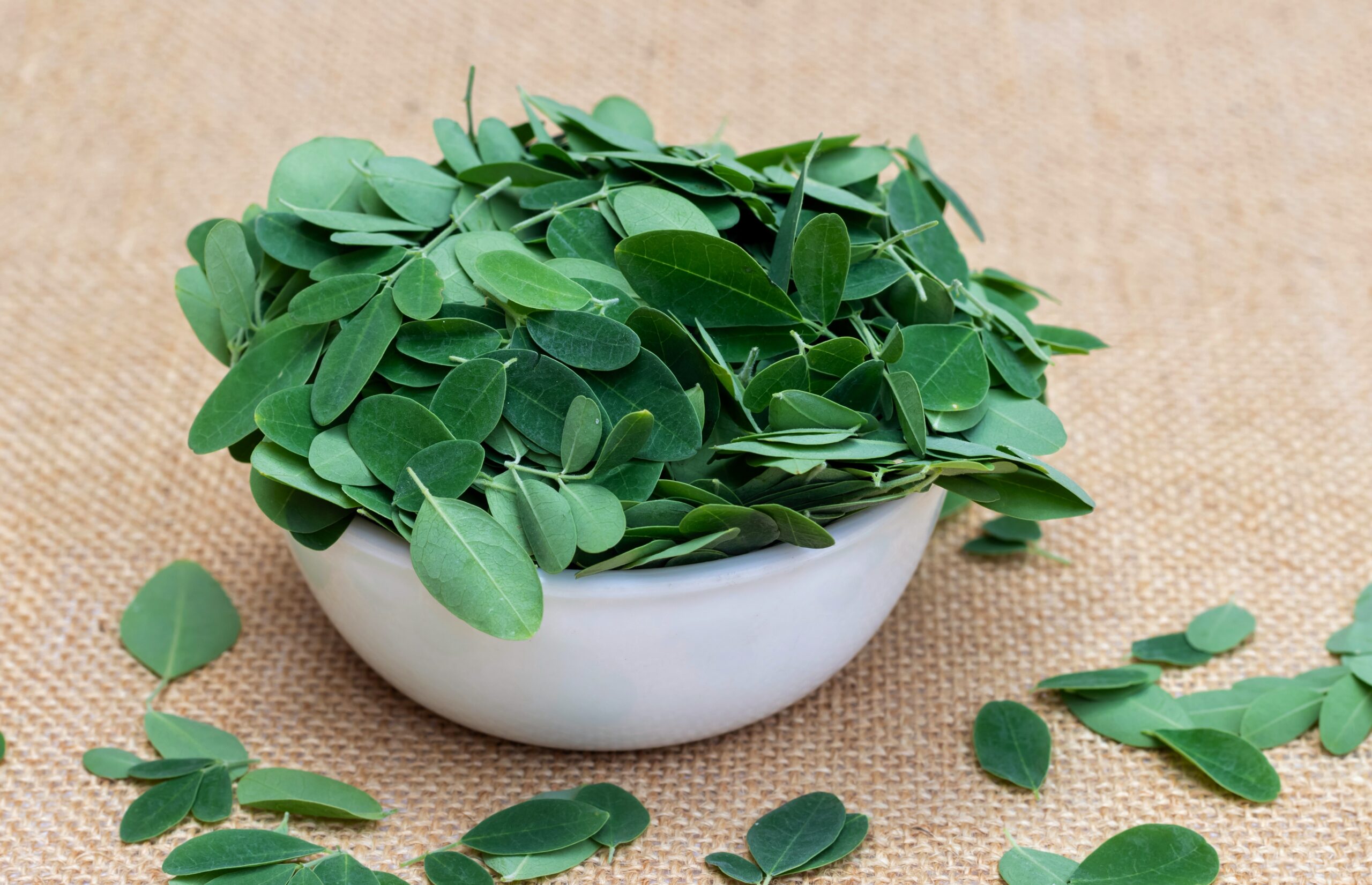
Moringa leaves are often overshadowed by more common greens, but they’re incredibly nutrient-dense and protein-rich. A tablespoon of dried moringa powder contains about 3 grams of protein, along with a hefty dose of vitamins A, C, and calcium. This plant can be consumed in powder form, added to smoothies, teas, or soups for an easy protein boost. Known for its anti-inflammatory and antioxidant properties, moringa is gaining popularity in health circles. It’s perfect for those looking to diversify their plant-based protein sources.
Chia Seeds
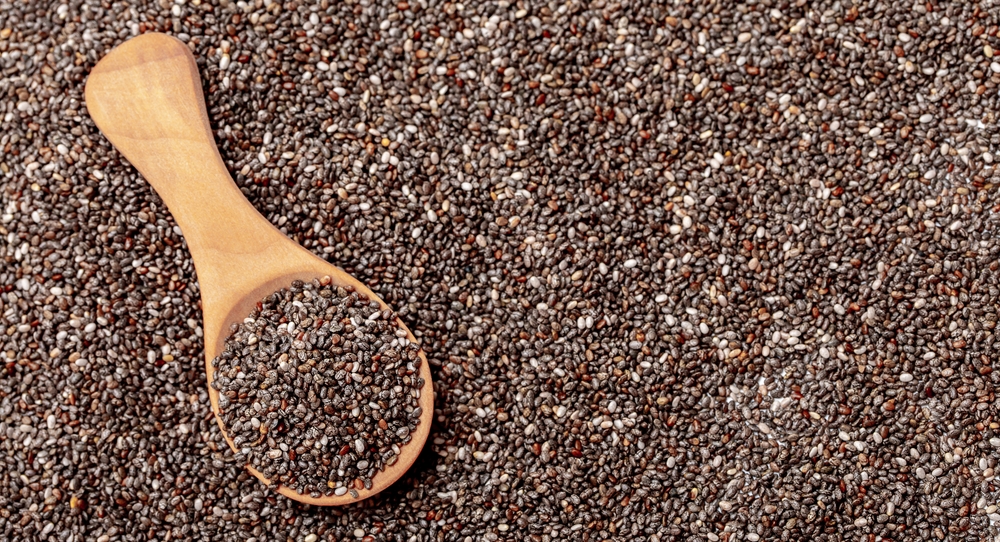
Chia seeds are better known for their fiber content, but they’re also a surprising source of protein. Two tablespoons of chia seeds contain about 4 grams of protein and a healthy dose of omega-3 fatty acids. When soaked in liquid, they form a gel-like consistency, making them a versatile ingredient for puddings, smoothies, or even as an egg substitute in baking. Their mild flavor and ability to absorb up to 12 times their weight in water make them a unique addition to many dishes. Chia seeds also keep you full longer, thanks to their fiber and protein content.
Sacha Inchi
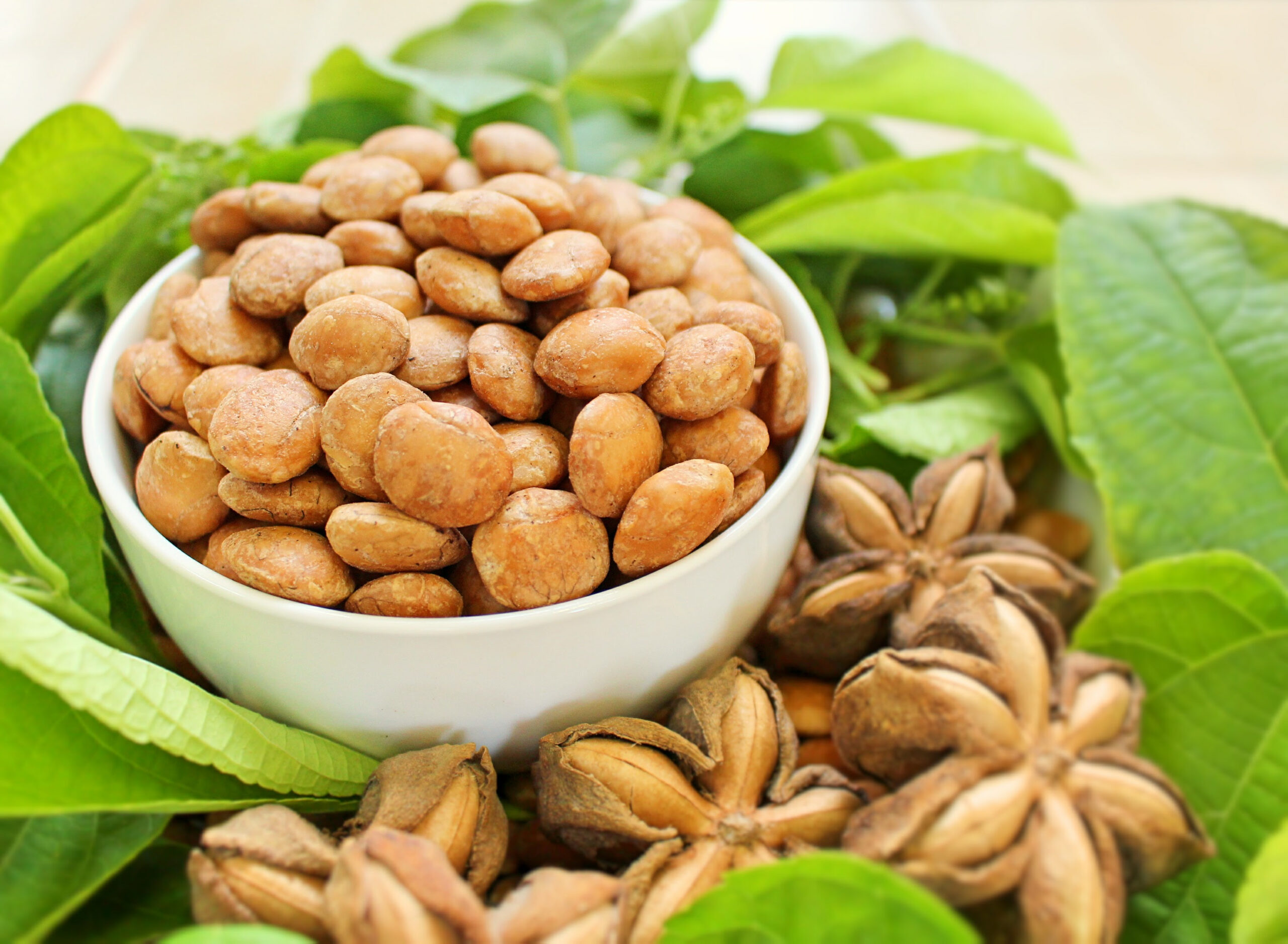
Sacha Inchi, also known as the Inca peanut, is a lesser-known but potent source of protein. Native to Peru, these seeds contain around 9 grams of protein per ounce and are also rich in omega-3 fatty acids. The seeds can be roasted and eaten as a snack or ground into a protein powder, which can be used in smoothies or baking. Sacha Inchi’s earthy and nutty flavor makes it a great alternative to nuts for those looking for an allergen-friendly protein source. Its high protein and fat content help support heart and brain health.
Nutritional Yeast
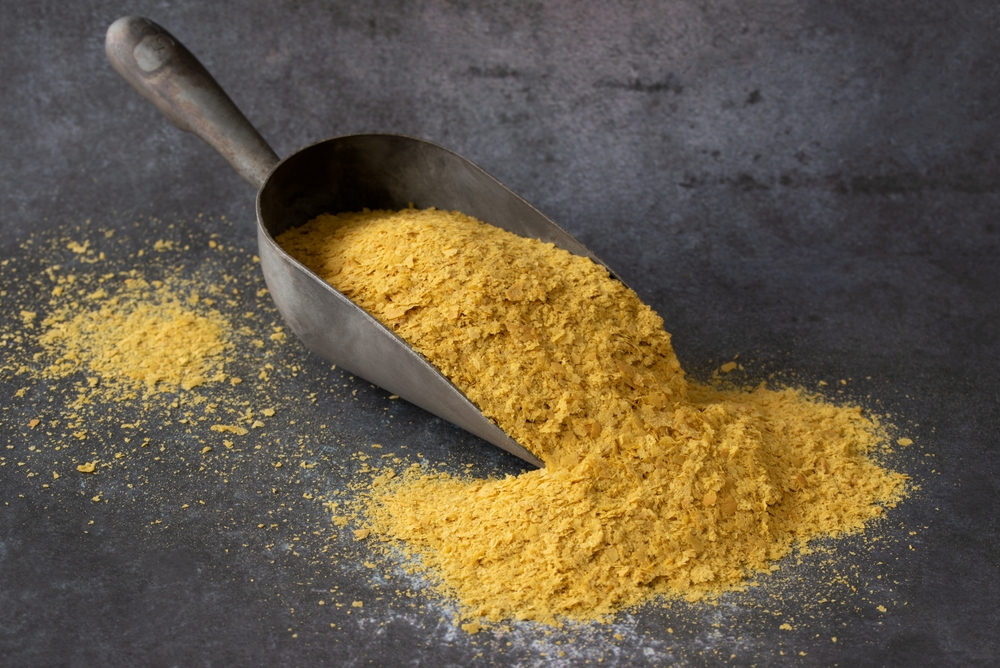
Nutritional yeast is often used as a cheese substitute for its savory, umami flavor, but it’s also packed with protein. Just two tablespoons provide around 8 grams of protein, along with a healthy dose of B vitamins, including B12. It’s a popular addition to vegan dishes like pasta, popcorn, or scrambled tofu, adding both flavor and nutrition. Its flaky texture makes it easy to sprinkle onto various dishes. For anyone looking to boost their protein intake while adding a cheesy taste, nutritional yeast is an unexpected go-to.
Watermelon Seeds
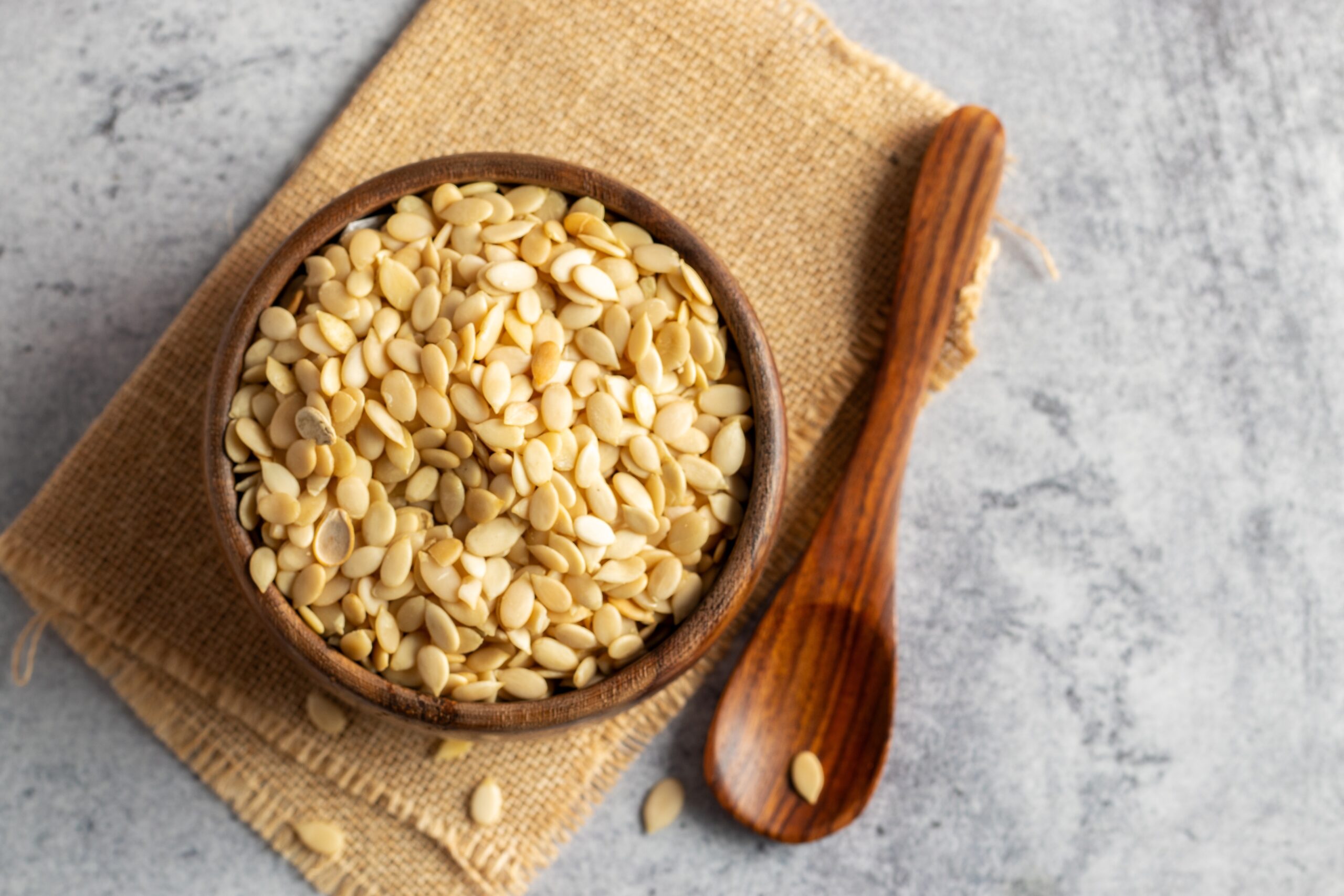
Watermelon seeds are often discarded, but when roasted, they make a protein-packed snack. A 1-ounce serving provides about 8 grams of protein, which is comparable to almonds. These seeds are also rich in magnesium, iron, and healthy fats. Roasted watermelon seeds have a nutty flavor and can be added to trail mixes, salads, or eaten on their own. It’s an innovative way to reduce food waste while adding a nutritious protein source to your diet.
Jackfruit Seeds
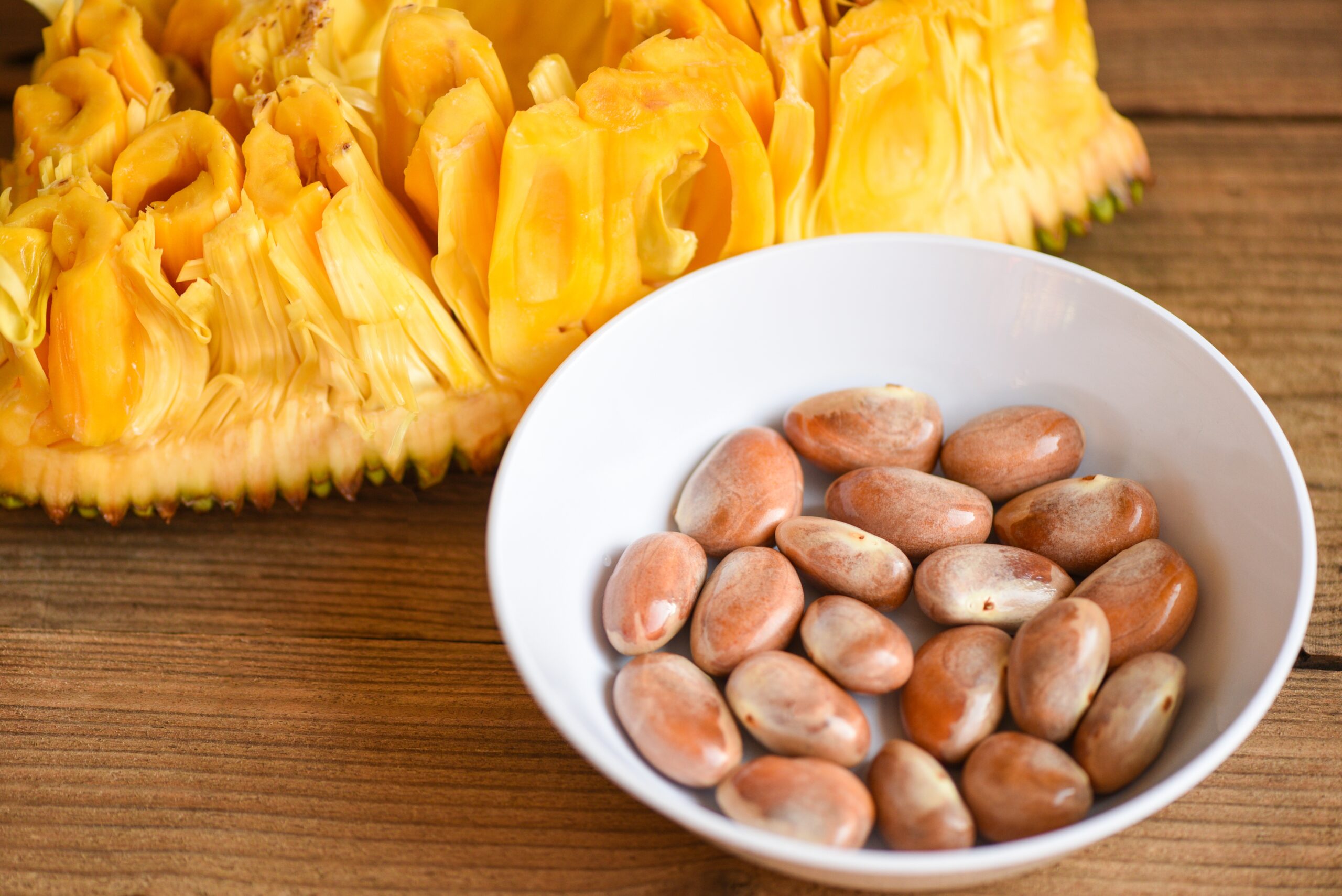
Jackfruit has gained popularity as a meat substitute for its texture, but few realize it contains a decent amount of protein, especially when cooked from its seeds. A cup of jackfruit seeds can offer around 7 grams of protein. These seeds are often boiled or roasted and have a flavor similar to chestnuts. Jackfruit itself is a versatile fruit that can be used in savory or sweet dishes, but its seeds provide an extra protein boost. They can be mashed and used in curries, stir-fries, or even soups for added texture and nutrition.
Black Rice
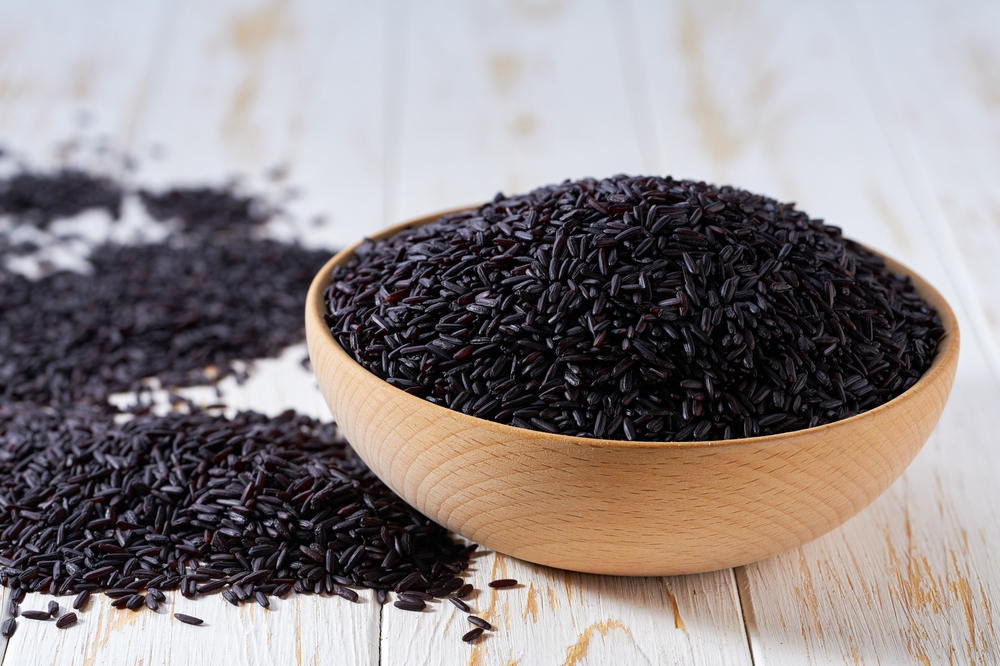
Black rice, also known as forbidden rice, is a nutrient-dense grain that offers more protein than your average white rice. A cup of cooked black rice contains about 9 grams of protein and is rich in antioxidants like anthocyanins, giving it its deep color. Its slightly nutty flavor pairs well with savory or sweet dishes, and it can be used as a base for salads, grain bowls, or stir-fries. Black rice is not only a great source of protein but also high in fiber, making it a filling and nutritious alternative to other grains.
Lupini Beans
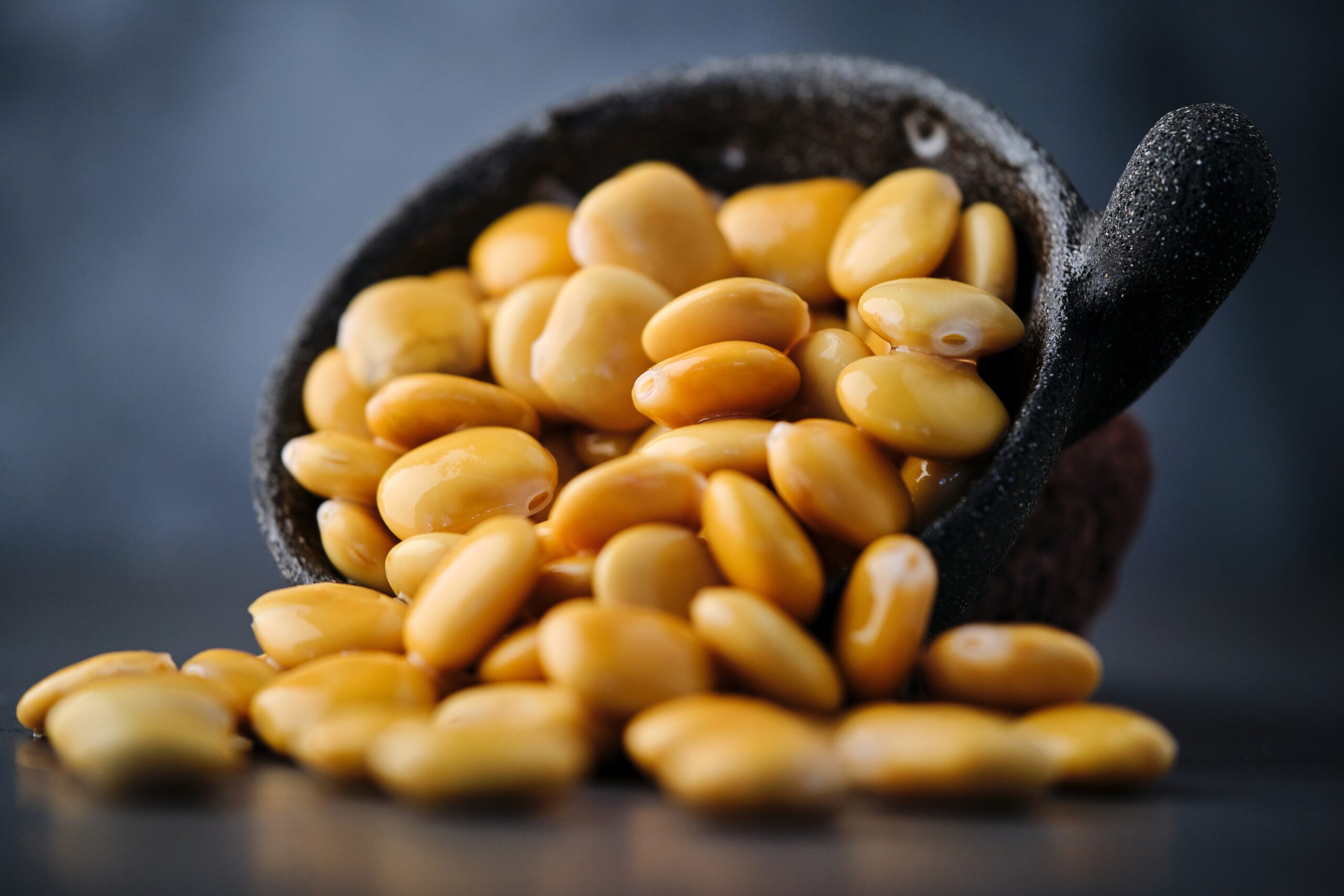
Lupini beans aren’t as well-known as chickpeas or black beans, but they’re a stellar source of protein, offering around 26 grams per cup. These beans are commonly eaten in Mediterranean countries, often pickled or boiled. Lupini beans have a firm texture and a slightly bitter taste, which makes them an interesting addition to salads, snacks, or dips. They’re also incredibly low in fat, which makes them a heart-healthy protein choice. If you’re looking to expand your bean repertoire, lupini beans are a surprising and satisfying option.
Artichokes
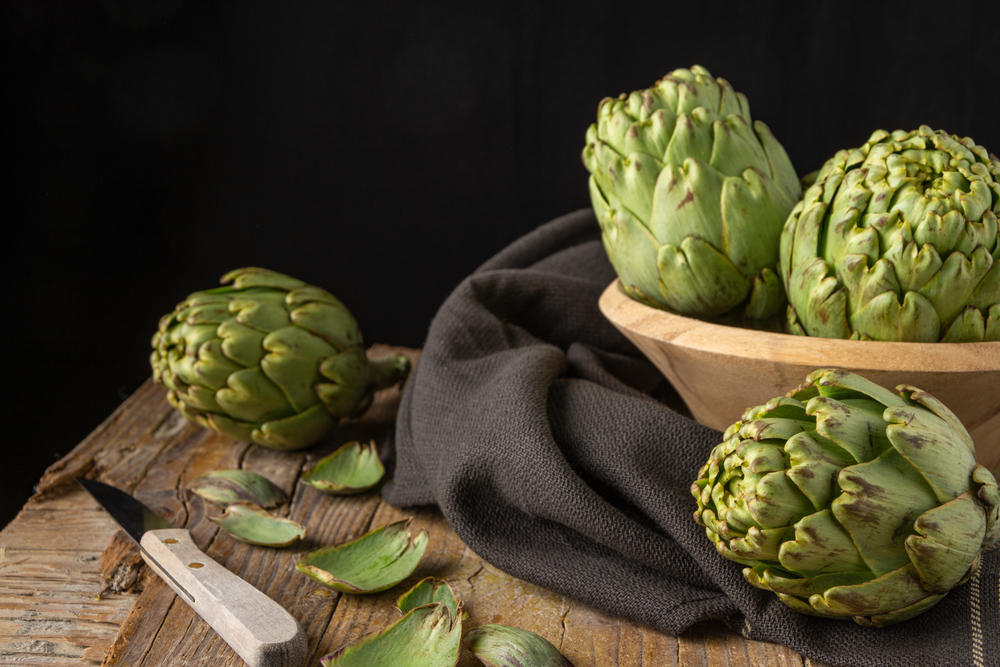
Artichokes are not only high in fiber but also contain more protein than you might expect. A medium-sized artichoke provides about 4 grams of protein, along with a good amount of vitamins C and K. They can be grilled, steamed, or stuffed and make a delicious addition to salads, pizzas, or pasta dishes. Artichokes are versatile and offer a nutty flavor that enhances both warm and cold meals. Adding artichokes to your diet is a simple way to sneak in more plant-based protein without relying on traditional legumes or grains.
Buckwheat

Buckwheat, despite its name, is not related to wheat and is entirely gluten-free. It’s a complete protein, offering around 6 grams per cup of cooked groats. Buckwheat can be used as a grain in salads or porridge, or ground into flour for gluten-free baking. Its mildly nutty taste works well in both sweet and savory dishes. Buckwheat is also rich in fiber, magnesium, and antioxidants, making it a nutritious and protein-rich alternative to traditional grains like rice or oats.
Pistachios
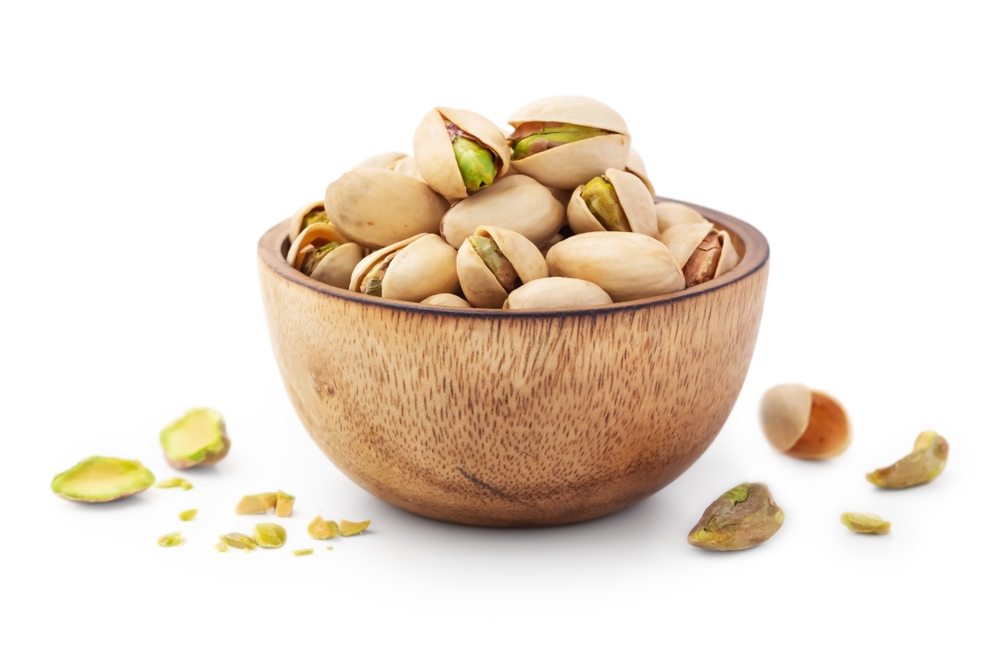
While often considered just a snack, pistachios are a surprisingly rich source of protein, with 6 grams per ounce. They also provide healthy fats, fiber, and various vitamins and minerals like B6 and potassium. Their slightly sweet and nutty flavor makes them versatile enough for both sweet and savory dishes. Whether added to salads, baked goods, or eaten straight from the shell, pistachios offer a protein punch that’s easy to incorporate into your diet. They also make a great base for plant-based pesto.
Green Peas
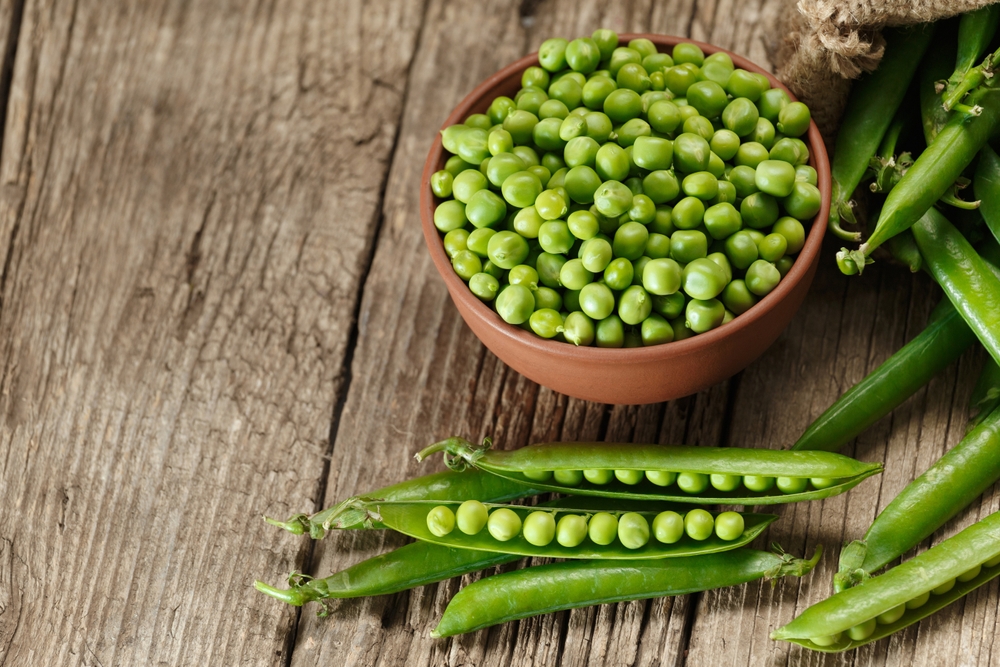
Green peas, often dismissed as a simple side vegetable, pack around 8 grams of protein per cup. They’re also a great source of vitamins A, C, and K, as well as fiber and antioxidants. You can add green peas to soups, stews, and stir-fries, or blend them into a creamy pea dip. Their mild sweetness complements various dishes, making them a versatile way to boost your protein intake. Whether fresh, frozen, or dried, green peas are a surprisingly robust protein source.
This article originally appeared on RetailShout.
More From RetailShout
14 Classic Muffin Recipes to Bake Anytime
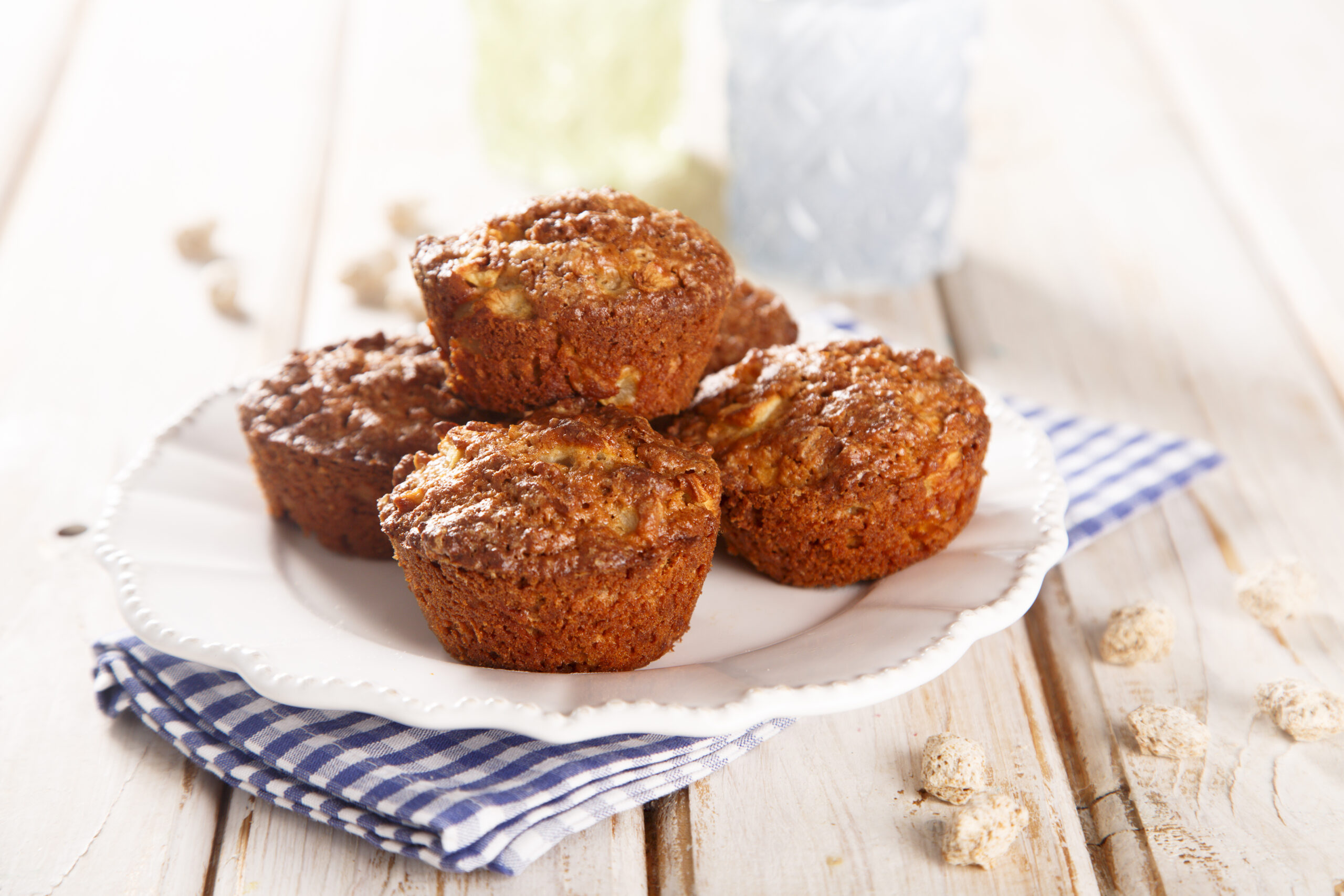
Muffins are one of the most versatile baked goods, offering endless flavor combinations and making them perfect for any time of day. Whether you’re craving something sweet for breakfast or a light snack in the afternoon, a classic muffin recipe always delivers. Read More.
18 Old-Fashioned Pie Recipes That Deserve a Comeback

Who can resist a slice of homemade pie? While trendy desserts come and go, there’s something timeless about a good old-fashioned pie. These classic recipes have been passed down through generations, bringing comfort and nostalgia with every bite. Read More.
15 Foods You Should Skip for Better Joint Health
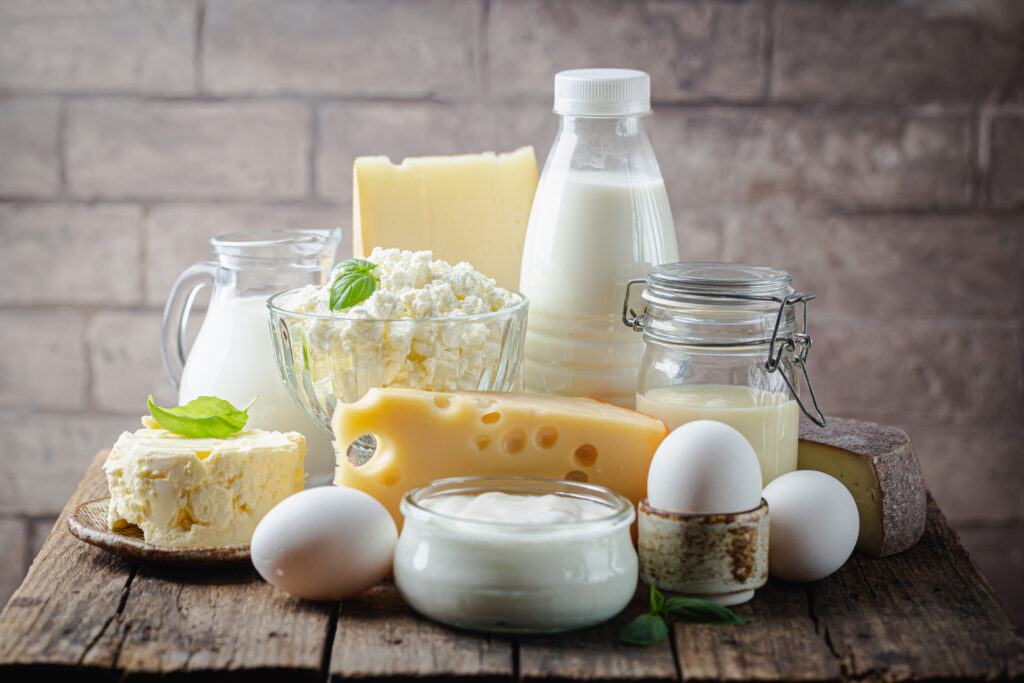
Taking care of your joints is crucial for maintaining mobility and reducing discomfort. Surprisingly, what you eat plays a significant role in joint health. Read More.

